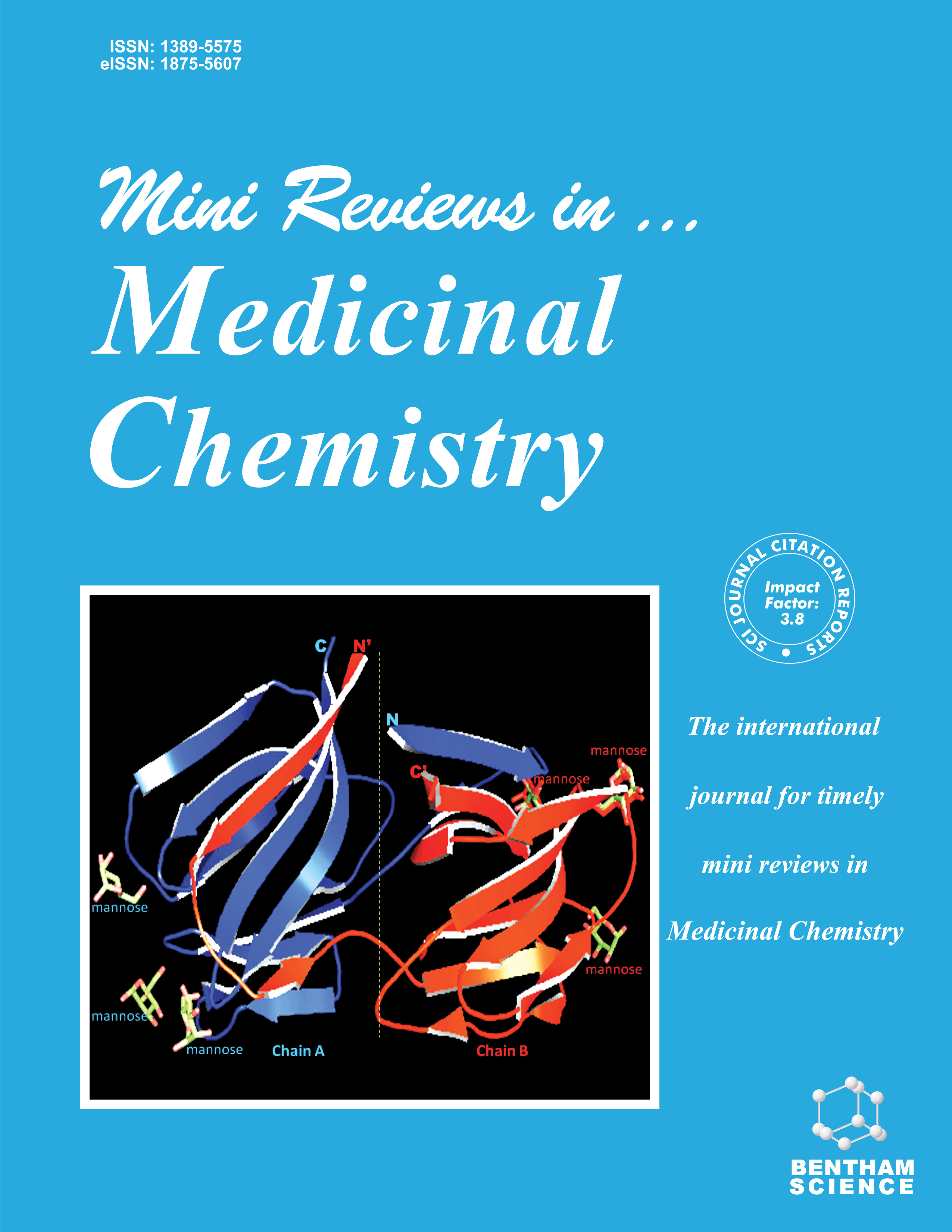
Full text loading...

Psoriasis is a chronic inflammatory skin disorder affecting 2-3% of the global population. It is increasingly recognized for its systemic comorbidities, especially cardiovascular diseases (CVDs). Notably, severe psoriasis independently increases cardiovascular disease (CVD) risk. This elevation occurs beyond conventional risk factors, such as hypertension and diabetes. It suggests that shared inflammatory pathways underlie the association between severe psoriasis and atherosclerotic conditions, like coronary artery disease (CAD). Atherosclerosis, characterized by lipid-laden plaque formation in arterial walls, remains a leading contributor to CVD-related morbidity and mortality. Emerging evidence underscores the interplay of inflammatory cell heterogeneity and immune dysregulation in its pathogenesis, mirroring mechanisms observed in psoriasis. The overlapping systemic inflammation and immune dysfunction in both diseases suggest potential therapeutic synergies. CD4+ regulatory T cells (Tregs), pivotal immunosuppressive modulators, have shown promise in mitigating autoimmune responses, yet their therapeutic exploitation in psoriasis-atherosclerosis comorbidity remains underexplored. This review summarizes current insights into Tregs' roles in psoriasis and atherosclerosis, emphasizing their dual regulatory functions; in psoriasis, Treg dysfunction exacerbates interleukin-17 (IL-17)/23-driven keratinocyte hyperproliferation, while in atherosclerosis, impaired Treg activity permits pro-inflammatory cytokine cascades and foam cell formation. We, herein, highlight emerging approaches to enhance Treg stability and function, such as nanotechnology-based targeting antibodies and traditional Chinese medicine (TCM). By delineating Treg-centric mechanisms across both diseases, this review proposes a paradigm shift toward immunomodulatory therapies addressing psoriasis-atherosclerosis crosstalk, offering novel strategies to alleviate systemic inflammation and cardiovascular burden in psoriatic patients. Further research into Treg heterogeneity and microenvironmental cues may unlock precision therapies for this comorbid axis.

Article metrics loading...

Full text loading...
References


Data & Media loading...